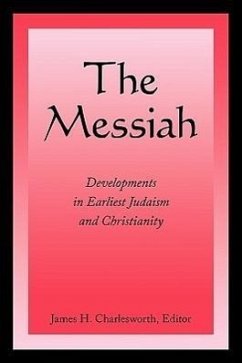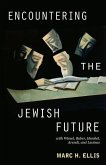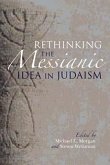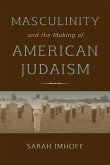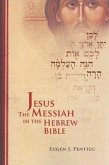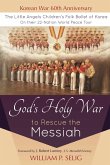How did the Jews from 250 B.C.E. to 200 C.E. conceive and express their beliefs in the coming of God's Messiah? Why did the Jews closely associated with Jesus of Nazareth claim within ten years of his crucifixion in 30 C.E. that he indeed was the promised Messiah? An international team of prominent Jewish and Christian scholars discuss these and related questions in this volume that stems from the First Princeton Symposium on Judaism and Christian Origins. The book focuses on the historical and theological importance of the presence or absence of the term "Messiah" and messianic ideas in the Hebrew Scriptures, the New Testament, Philo, the Apocrypha, the Pseudepigrapha, Josephus, and the Dead Sea Scrolls. It clarifies the key issues to be discussed, illustrates the appropriate methodology shared by international experts, and concentrates on the perplexing questions regarding messianic beliefs in Judaism and Christianity before the close of the New Testament and the editing of the Mishnah.
Hinweis: Dieser Artikel kann nur an eine deutsche Lieferadresse ausgeliefert werden.
Hinweis: Dieser Artikel kann nur an eine deutsche Lieferadresse ausgeliefert werden.

